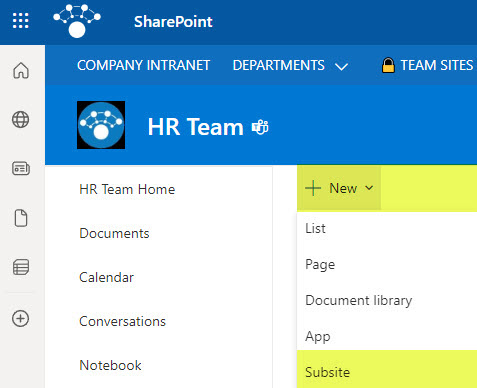Classic SharePoint vs. Modern SharePoint
This post probably should have been written years ago. But I guess never say never, and I am sure it will benefit someone out there, especially if you are migrating from older versions of SharePoint or have used it when you were still young and full of energy. Today, I want to explain the primary differences between Classic SharePoint and Modern SharePoint.
What is SharePoint?
If you are new to the world of SharePoint, it probably makes sense to read this article first that explains what SharePoint is all about, its history, and key features and capabilities
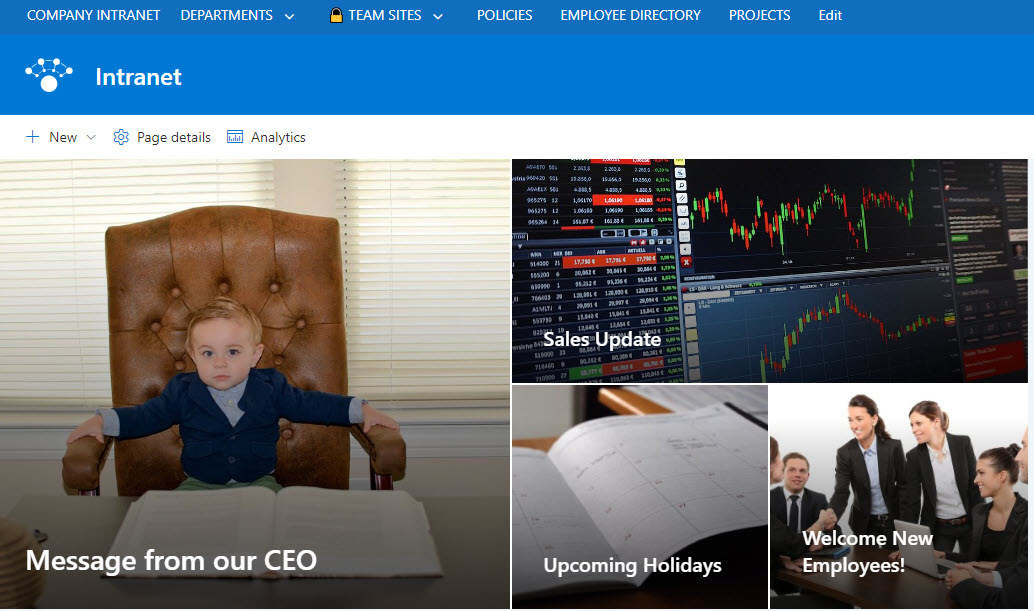
Classic SharePoint
We started to use the word “Classic” in 2017 when Microsoft revamped SharePoint as we knew it since 2001, and it became Modern SharePoint. More on this later. But up until then, we simply called it SharePoint. It required the companies to install it and host it on their servers. Every few years, SharePoint went through major upgrades. So sometimes, if you Google old articles, you might find references to SharePoint 2007, SharePoint 2010, and SharePoint 2013 – those referred to Classic SharePoint installed on-premises.
Classic SharePoint used sub-site architecture. That meant all sites lived in a site collection, and every new site created was like a subfolder in a folder hierarchy.
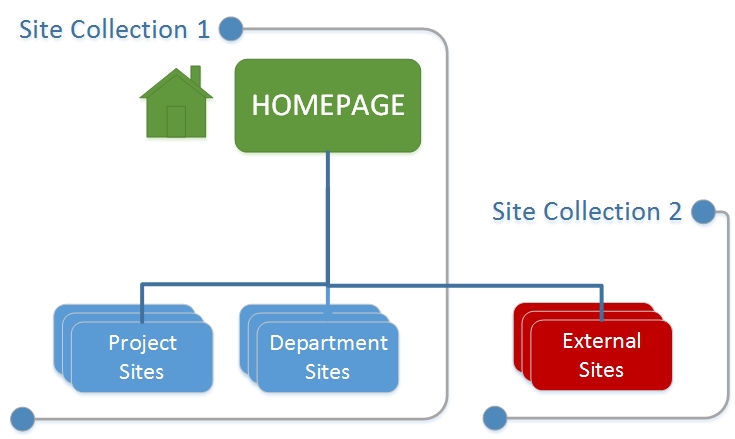
Transition to SharePoint online
Its transition to SharePoint Online prompted SharePoint’s evolution from Classic to Modern. In 2011, Microsoft bundled SharePoint with a few other apps it had at that time (Outlook, Word, Excel, PowerPoint), and they made all these tools available in the cloud via the Microsoft 365 Suite of products. That meant that companies no longer had to install anything on their servers, and all those excellent tools, including SharePoint, became available on a subscription model.
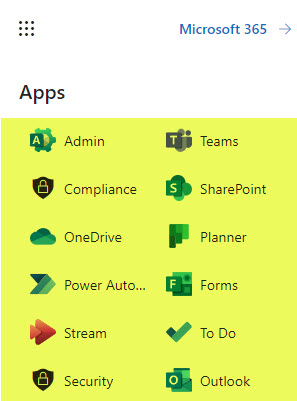
Modern SharePoint
While the transition to the cloud occurred in 2011, SharePoint still had the same feature set and look and feel as that of on-premises. It still relied on subsite architecture. It still looked old and outdated. It also looked exactly like the on-premises version (SharePoint 2013 at that time).
That did not change until 2016 or so, when Microsoft announced the total revamp of SharePoint. What were the significant changes made? Let me summarize for you below.
Revamped/modern look and feel
The most noticeable change was SharePoint’s look and feel. The new SharePoint no longer looked like your father’s SharePoint and looked modern and comparable to other software applications that existed at that time.
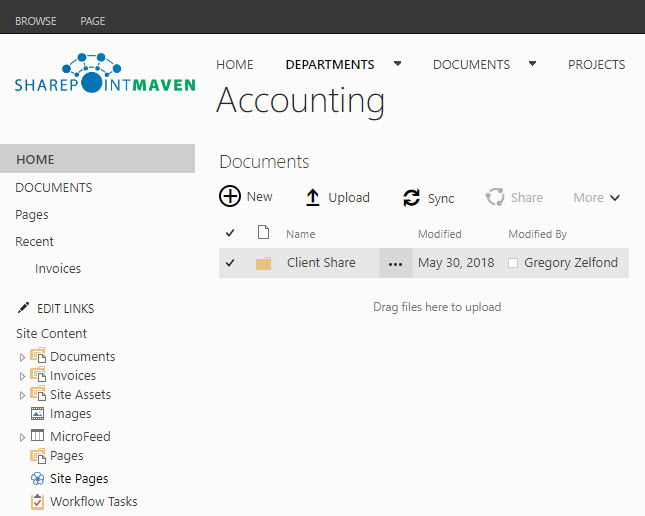
Example of Classic SharePoint Site
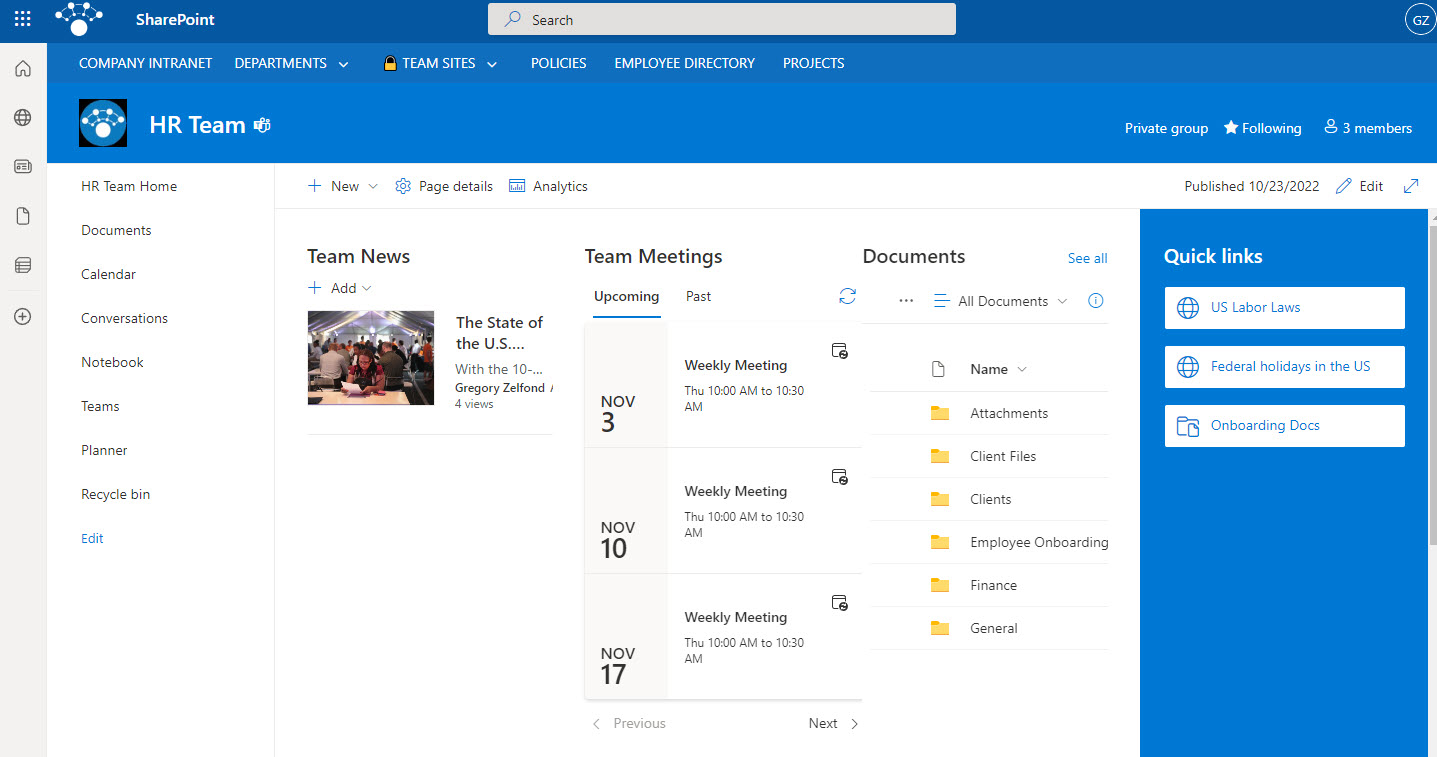
Example of Modern SharePoint Site
Flat site architecture
Another major difference was that Microsoft changed how we created sites. They changed the subsite architecture to what we now call flat architecture or hub architecture. Instead of complex subsite hierarchies, we now have modern sites that were all independent entities.
I explained the concept of flat architecture in greater detail in this article.
Mobile access
Another big difference was that there were special mobile apps developed for SharePoint that allowed users to easily access SharePoint via the mobile device app. That was a major breakthrough, considering many users preferred to access content from the field or while being on the road.
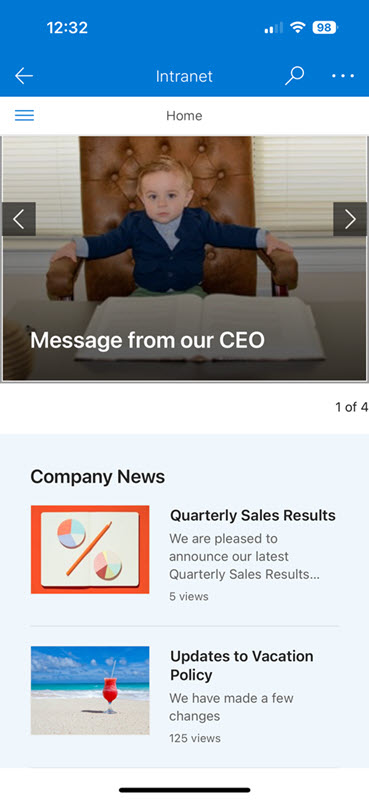
Classic SharePoint today
If your organization switched over to SharePoint over the last few years, you probably would never encounter Classic SharePoint at all. That said, there are several scenarios why you might still encounter it in your tenant.
Root site
If you switched over to SharePoint/Microsoft 365 before 2019, the root SharePoint site (that is, the site created by default when you sign up for Microsoft 365 account) would still be classic. That said, there is now an easy way to replace that classic SharePoint site with a Modern communication one. I explained the steps in this article.
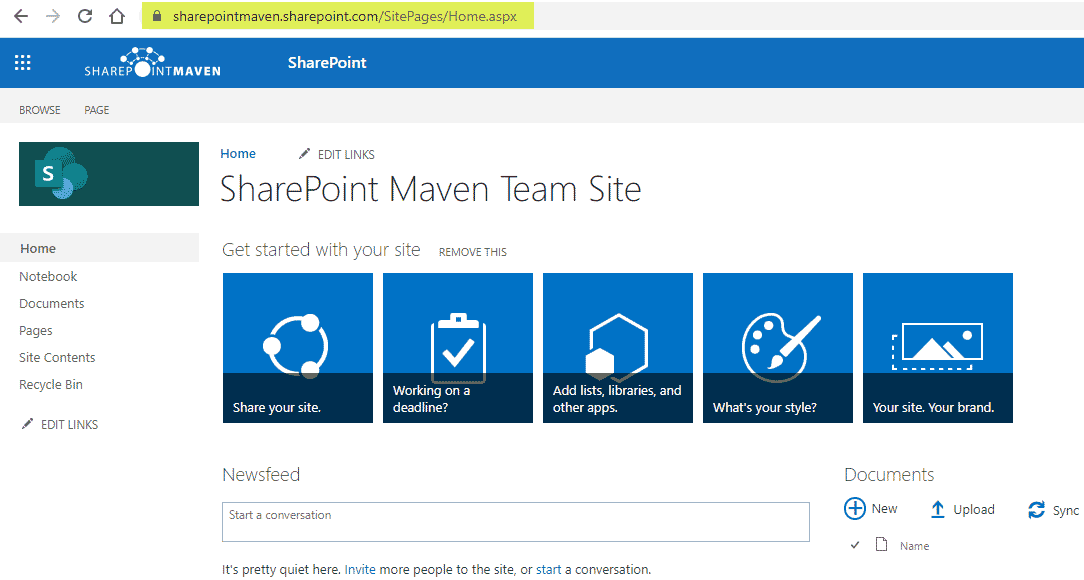
Example of Root Site in Classic Experience
Migration from SharePoint On-Premises
If your organization used older versions of SharePoint (i.e., SharePoint 2013 on-premises), upon migration, you might still have a number of classic site collections and sub-sites. There is no reason to continue using them, and you should switch over (create new) modern sites and migrate the content.
User errors
Ironically, it is still possible to create sub-sites in modern SharePoint. This is not a good practice, as subsites do not connect to teams and other apps. I explained how to disable them here.
